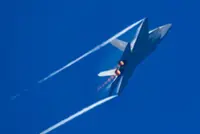The Hong Kong Airport Authority has been urged to review its contingency procedures after hundreds of passengers’ travel plans were thrown into turmoil on Monday amid an eight-hour closure of a runway triggered by a cargo plane bursting a tyre during an emergency landing.
The call by a legislator came as an aviation expert also said the authority should have notified the public and other airlines sooner, but he appreciated the long time taken to resume full operations of the runway given the safety concerns involved.





